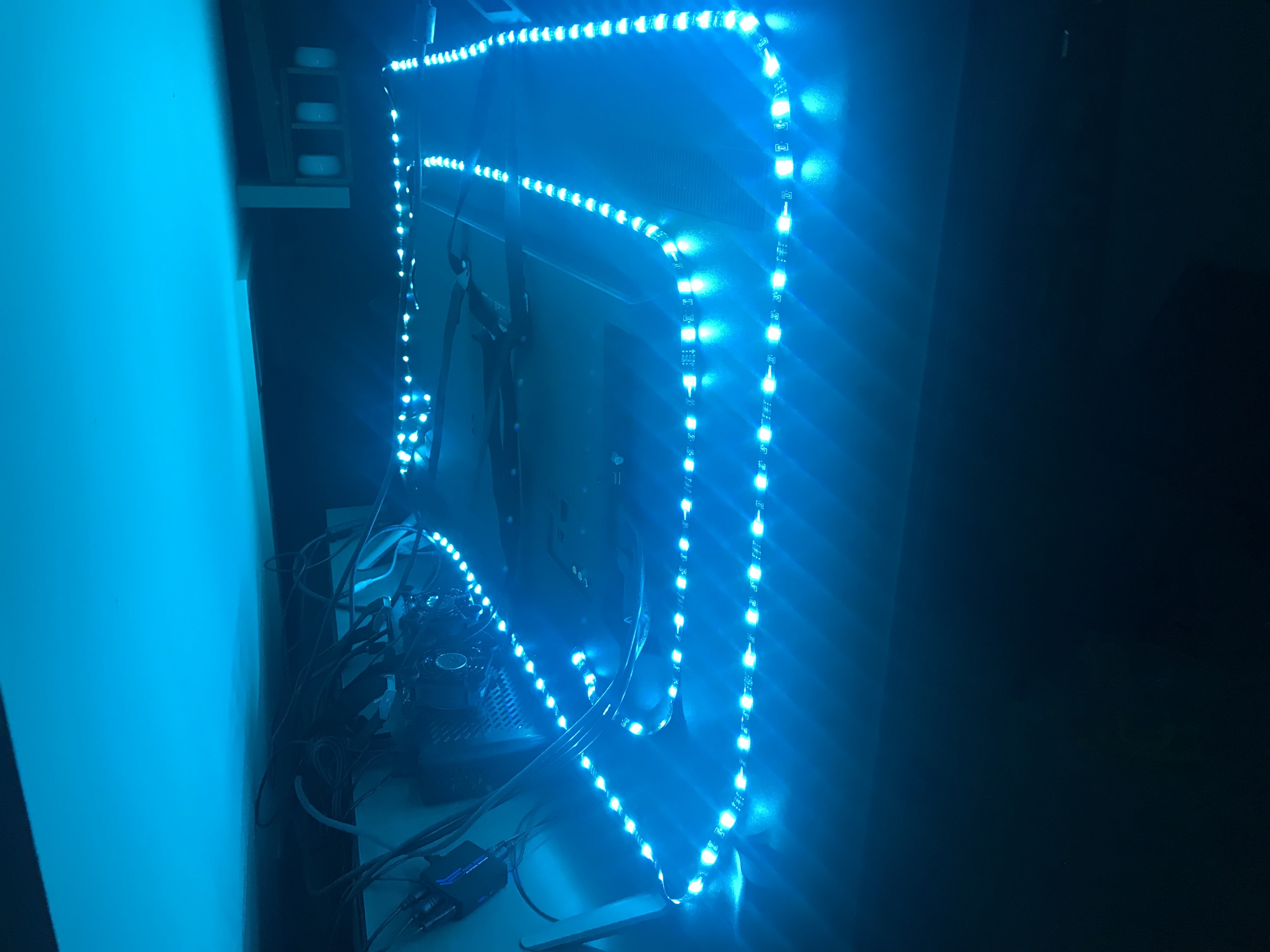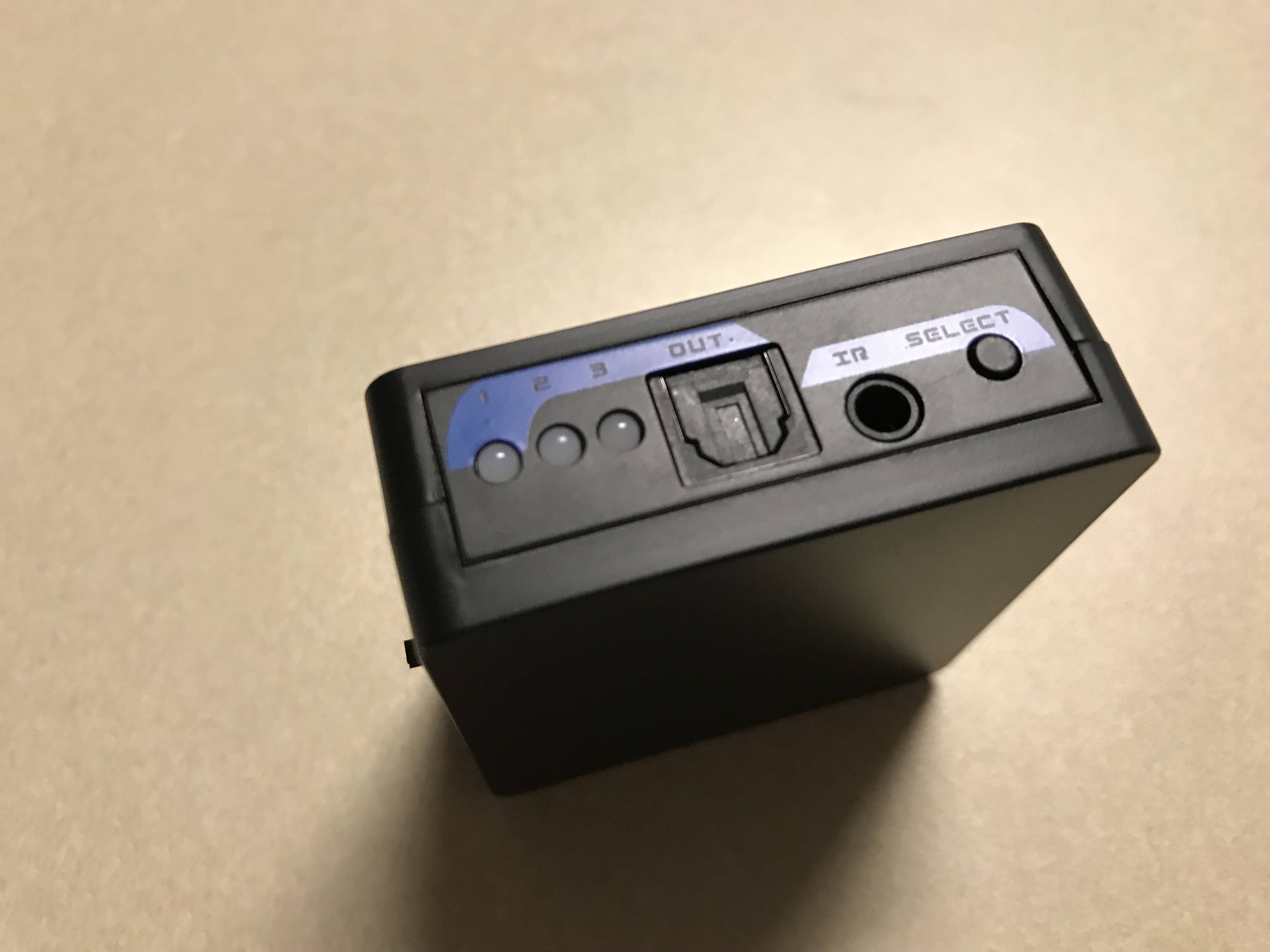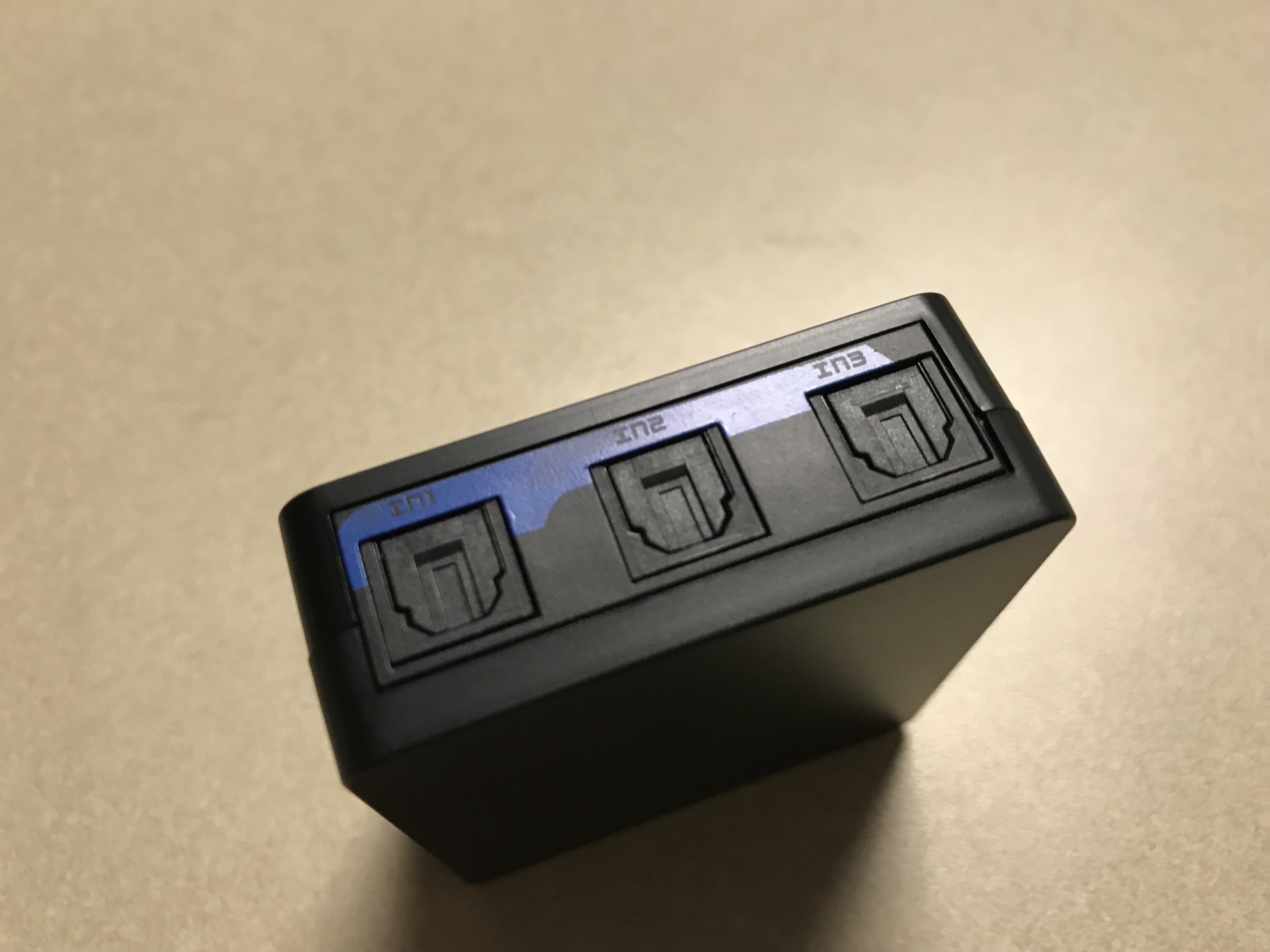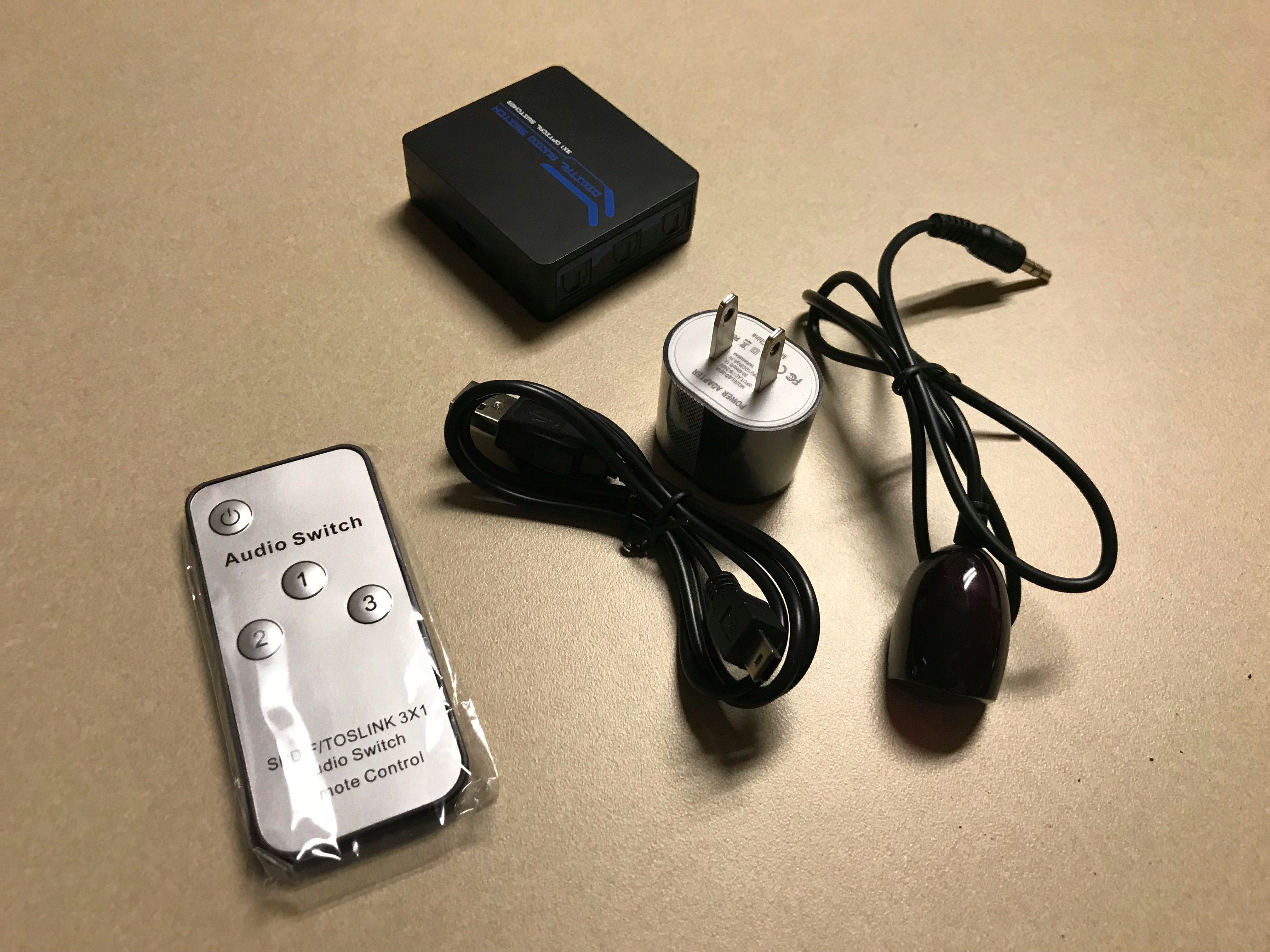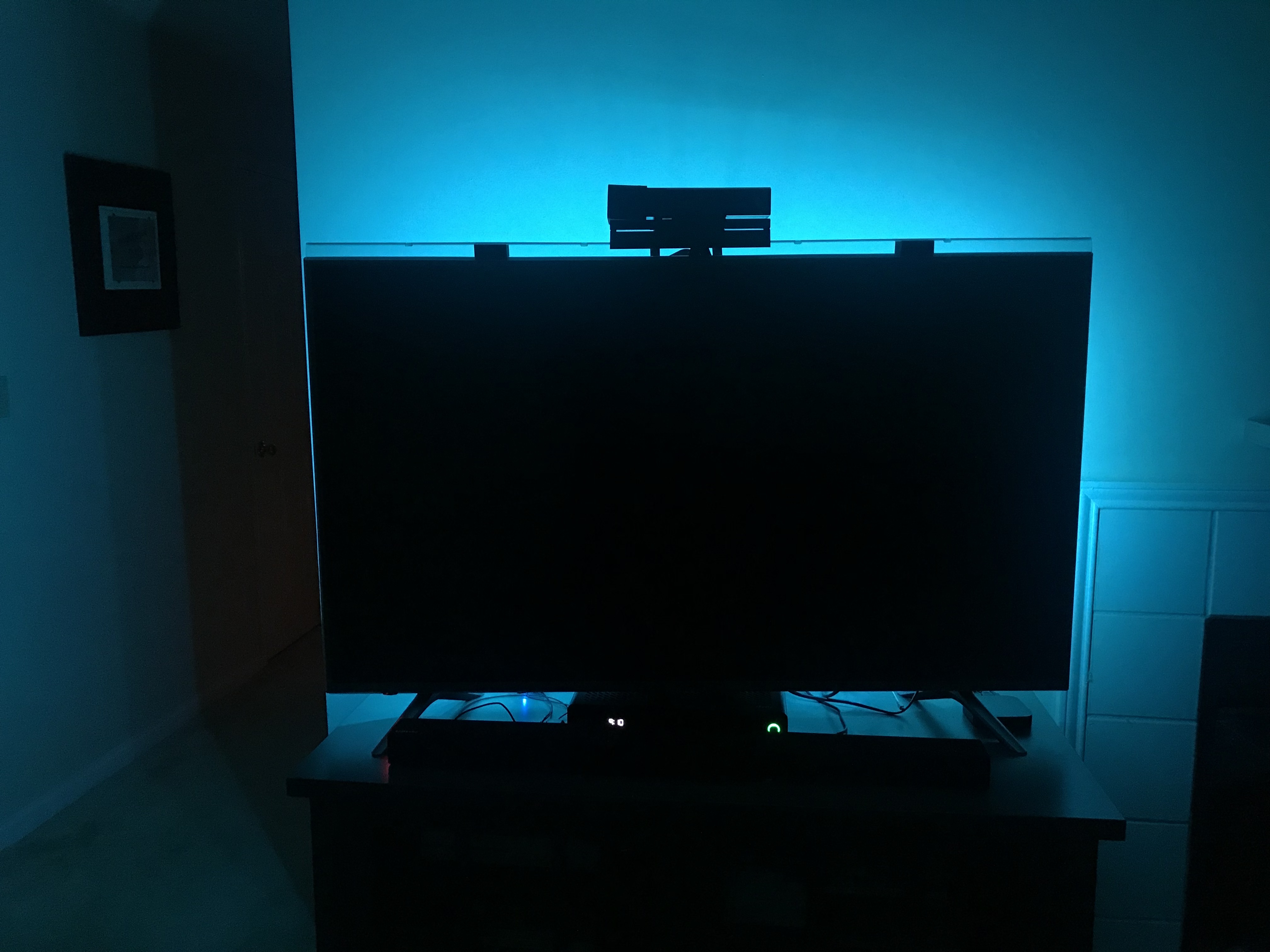
My desire to integration visual notifications into our home automation setup has remained, despite taking the color-changing LED bulb out of the setup when we moved. I recently begain toying with the same bulb and in the process I realized it might be fun, and useful, to find an LED strip that I could place behind the TV. It would add a nice atmospheric effect and also provide another source of visual indicators. I have started working on using the bulb for washing machine notifications and other events, but those notices are suppresed after 10 pm at night, and that light spends most of it’s time simply functioning as a normal lamp in the bedroom.
With any home automation setup it’s always best to ensure that a device is compatible with your controller, before purchase. Fortunately, someone had developed the FLUX LED plugin to make certain Magic Home devices available to Indigo. I decided to order a wifi and IR controlled Nexlud LED Strip Lights set, which only cost about $30.
It’s taken some work, and I had a color value conversion issue that I’ll mention in another post, but it appears to be working great. My next step is to set it to automatically turn on when the TV is powered on, and to turn it off when the TV is powered off. I’m not sure, yet, if I can accomplish this via Indigo. I test the Harmony Companion plugin, but I think it is only aware of Harmony interactions initiated within Indigo. I could be mistaken, which I’ll find out of for certain. If that doesn’t work, I’ll train the Harmony itself to interact with the device (Harmony didn’t automatically recognize this device in its database of codes).
Updated 2018/08/08: I also have it setup to be controlled via the Harmon Hub. This just required training the device to recognize the remote commands, which wasn’t difficult but did take some time to program most of the color modes. I also added control via Alexa, though now I only control the on/off state through the Hue Bridge emulation between Indigo and Alexa, instead of using the Magic Home skill.
